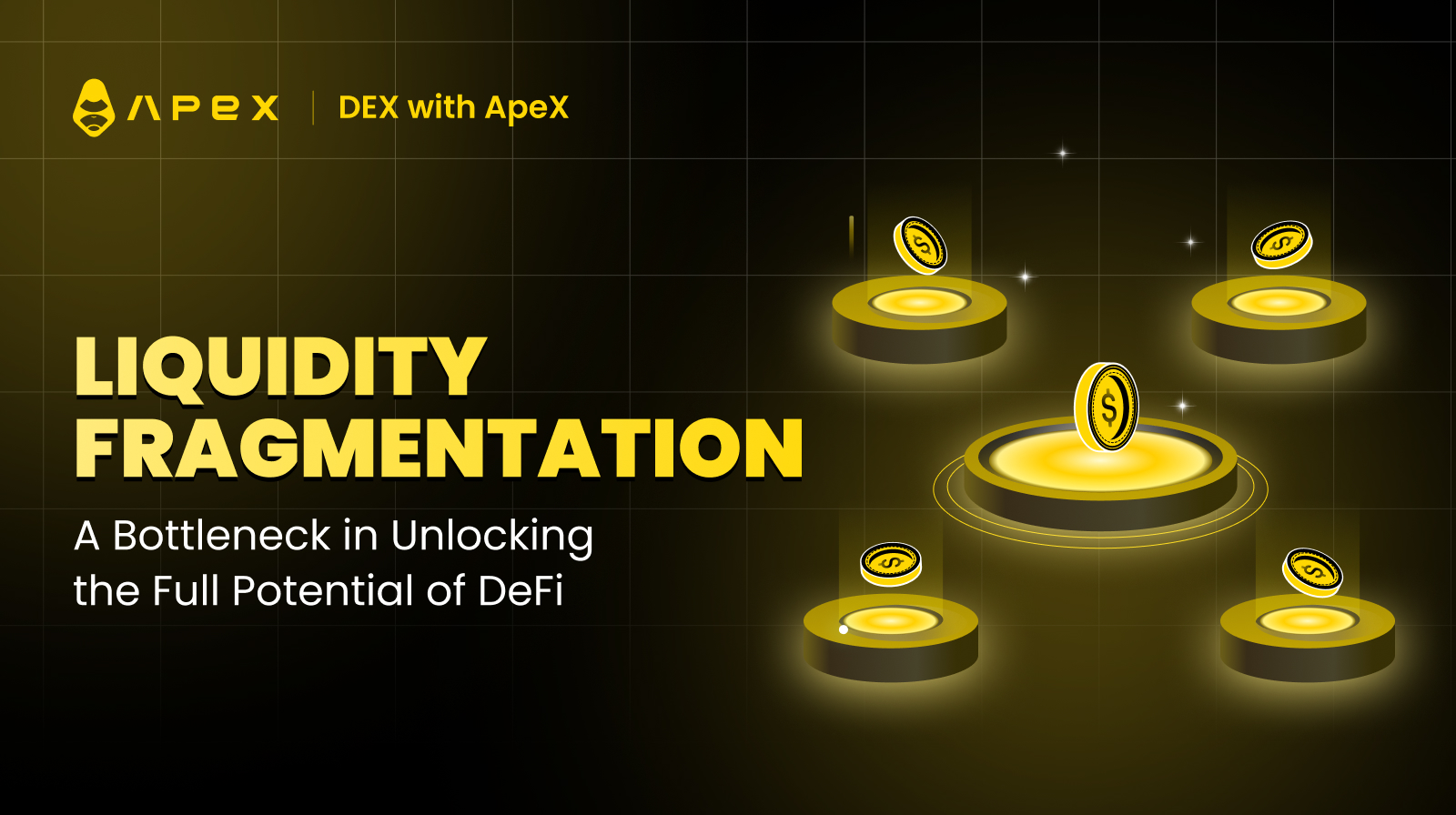Liquidity is a crucial component of the decentralized finance (DeFi) ecosystem, facilitating smooth trading and exchanges of assets. On decentralized exchanges (DEXs), it refers to the availability of funds for trading and represents the depth of the market and the ease with which traders can buy or sell assets, with higher liquidity typically resulting in tighter bid-ask spreads and reduced price slippage.
Liquidity fragmentation, the dispersion of liquidity across multiple chains rather than being concentrated, poses a major challenge to the DeFi ecosystem and DEX traders. Traders must manage assets across various chains, leading to complexities and inefficiencies. This includes challenges such as subpar user experience, heightened costs, and difficulties in optimizing trading strategies.
Why Does Liquidity Fragmentation Occur?
The expansion of various blockchain networks, each featuring unique consensus mechanisms, algorithms, and protocols, leads to liquidity fragmentation within the Web3 ecosystem.
Liquidity fragmentation occurs when available liquidity is spread across multiple platforms or within different pools on the same platform rather than being concentrated in a single location. As blockchain networks often lack interoperability, difficulties can arise due to the transfer of assets across different chains.
Where Does Liquidity Fragmentation Occur?
There are 2 key instances in which liquidity fragmentation takes place:
Single-Chain Fragmentation: This is when liquidity is unevenly distributed across various protocols within the same blockchain.
Cross-Chain Fragmentation: This type of fragmentation arises when liquidity is scattered across multiple blockchain protocols.
Now let's take a closer look into why liquidity fragmentation poses a problem for DEX users.
Liquidity Fragmentation — Challenges for the DEX Traders
Liquidity fragmentation in DEXs presents considerable challenges, affecting both market efficiency and user experience. Some challenges associated with managing assets across multiple chains include:
Increased Trading Costs for Multi-Chain Assets: When assets are spread across multiple chains, each transaction can incur separate fees, including gas costs and potential exchange fees. This can lead to a substantial increase in the total operational cost for traders as they would be managing portfolios across multiple blockchains.
Fragmented User Experience: Traders may need to use multiple interfaces, wallets, and protocols to manage assets across various chains, leading to a disjointed and potentially confusing user experience.
Liquidity Silos & Abscence of Interoperability: The lack of unified interoperability standards and protocols between different blockchain networks complicates the flow of assets on different chains. This isolation of liquidity limits trading opportunities and reduces the effectiveness of various trading strategies, which rely on fluid asset movement.
Complexity of Smart Contracts: Managing assets across multiple chains may involve deploying smart contracts to facilitate fund transfers. However, creating and executing cross-chain smart contracts presents significant challenges, necessitating a deep understanding of the unique smart contract languages and mechanisms employed by different chains.
Road Ahead
Liquidity fragmentation poses a significant challenge in the DeFi ecosystem, impacting the efficiency and effectiveness of DEXs. As traders navigate the complexities of managing assets across multiple chains, they encounter obstacles that hinder optimization and lead to suboptimal outcomes.
Addressing liquidity fragmentation requires implementation of innovative solutions that streamline asset management and enhance market efficiency. By fostering interoperability, improving liquidity provision mechanisms, and advancing cross-chain infrastructure, we can work towards a more integrated and resilient DeFi landscape that empowers traders and maximizes opportunities for all participants.
In response to these challenges, we're excited to introduce ApeX Omni, a modular, multichain trading platform designed to address the complexities of liquidity fragmentation. With its focus on interoperability, efficiency, and user-centric design, ApeX Omni aims to redefine the trading experience and foster a more integrated and accessible decentralized finance ecosystem.
Stay tuned to our blog and X for updates coming your way soon.

